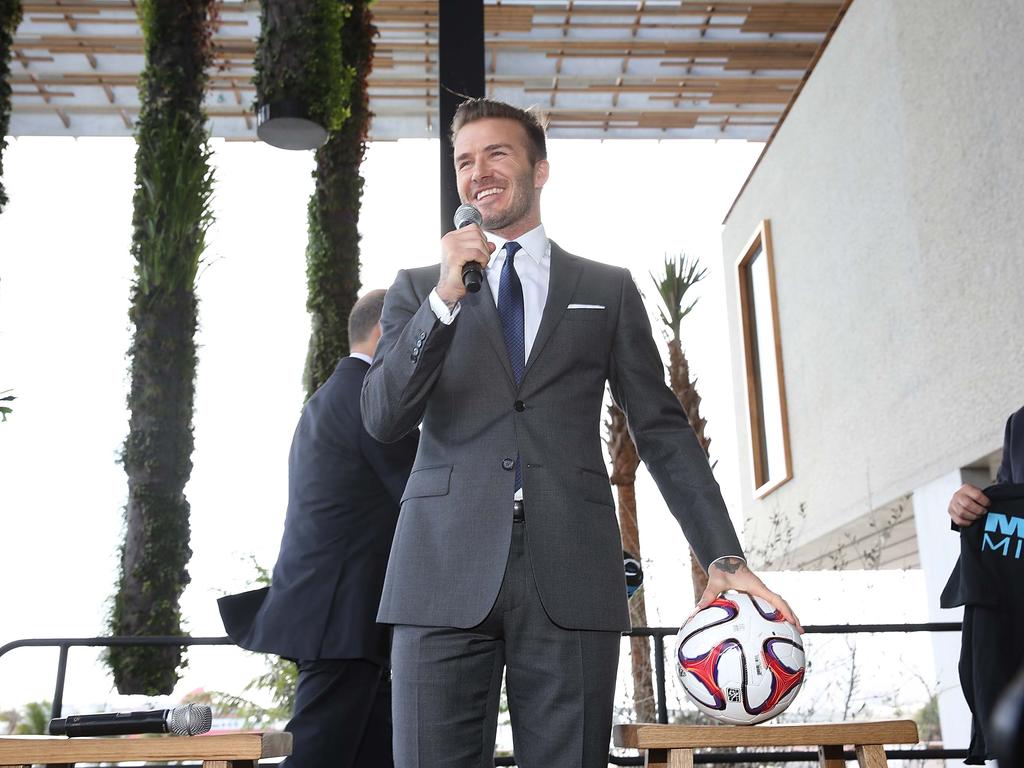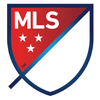Five things to know about Major League Soccer

Five facts about Major League Soccer as David Beckham is expected to announce the launch of his Miami franchise on Monday:
Founded in 1993 as part of US Soccer's successful hosting of the 1994 World Cup, Major League Soccer kicked off its first season in 1996 with 10 teams.
As MLS readies for its 22nd season, the competition has expanded beyond all recognition. It now comprises 23 teams spread across North America -- 20 in the United States and three in Canada -- and will include a new team in Los Angeles -- Los Angeles FC -- for the 2018 campaign. Miami and Nashville's acceptance will take the league to 25 teams; the league will ultimately expand to 28.
In keeping with the other major professional sports leagues in North America, the MLS is a closed competition with no promotion or relegation. A regular season split into Eastern and Western Conferences kicks off in March and is followed by a series of playoffs culminating in the MLS Cup final, usually held in December.
Major League Soccer was given a jolt of international recognition when the Designated Player Rule -- nicknamed the Beckham Rule -- became effective as part of the salary cap regime in 2007.
This regulation allowed every MLS franchise the freedom to sign a players who was not constrained by the salary cap rules, enabling clubs to offer higher wages to players from around the world.
Beckham's arrival was followed by a steady stream of high-profile international stars at the tail-end of their careers, which included Thierry Henry (New York Red Bulls), Kaka (Orlando), Didier Drogba (Montreal), Andrea Pirlo and David Villa (New York City), Steven Gerrard (Los Angeles Galaxy), Frank Lampard (New York City) and Bastian Schweinsteiger (Chicago Fire).
In recent years as the league has matured, clubs have moved away from hiring older players, instead mining for up and coming talent in South America.
Major League Soccer is now one of the best attended football leagues in the world, attracting an average gate of more than 22,000 fans per game in 2017 for the first time in history. According to MLS figures, that put it ahead of France's Ligue 1 and Italy's Serie A for average crowd sizes.
Expansion side Atlanta United FC attracted a record crowd of 71,874 for their game against Toronto in October at the Mercedes-Benz Stadium. The Seattle Sounders consistently draw crowds of more than 40,000 to their home games, averaging 42,600 in 2016.
Beckham's arrival in 2007 helped boost average attendances by 8.2 percent, at 16,770 per game. Though that number fell in 2008 and 2009, gates have risen steadily ever since, jumping by as much as 12.7 percent in 2015 following the excitement caused by the 2014 World Cup.
Television remains a harder nut to crack, however. An average of 272,000 viewers tuned in on ESPN for regular-season games in 2017, some distance of the ratings giant of the NFL, which averages around 14.9 million viewers per game.
With a large Hispanic population and world-famous beaches framed by a glittering and dynamic skyline, Miami has long seemed an obvious choice for its own Major League Soccer franchise.
Yet for a variety of reasons, the journey towards the Beckham-backed venture set to be announced on Monday has followed a long and winding road. MLS Commissioner Don Garber cites Miami's fast-changing real estate environment and local political structure as key hurdles along the way.
"It is the most complicated situation in any market that we've experienced at least in my 18 years," Garber told reporters in December.
MLS had already tried and failed to expand to the Florida tourism hub. The Miami Fusion, which made their debut in the 1998 MLS season, played for four seasons before being cut from the league after the 2001 campaign amid low ticket sales and the lowest revenues of any team in the competition.
Could the United States' shock failure to qualify for the 2018 World Cup have repercussions for MLS? The league's hierarchy let out a collective groan when the US men's team slumped to defeat against Trinidad and Tobago last October.
The World Cup has been a consistent engine of growth for MLS. In each of the MLS seasons following the 2006, 2010 and 2014 World Cups, attendances spiked as new fans flocked to stadiums, with crowd numbers rising dramatically.
The political fall-out from the World Cup flop also could have consequences. With United States Soccer Federation President Sunil Gulati stepping down, a crowded field of candidates are jostling to replace him at an election next month.
Several candidates have called for MLS to be reformed, with the introduction of promotion and relegation as well as changing the timing of the season to fit with the European winter schedule.





